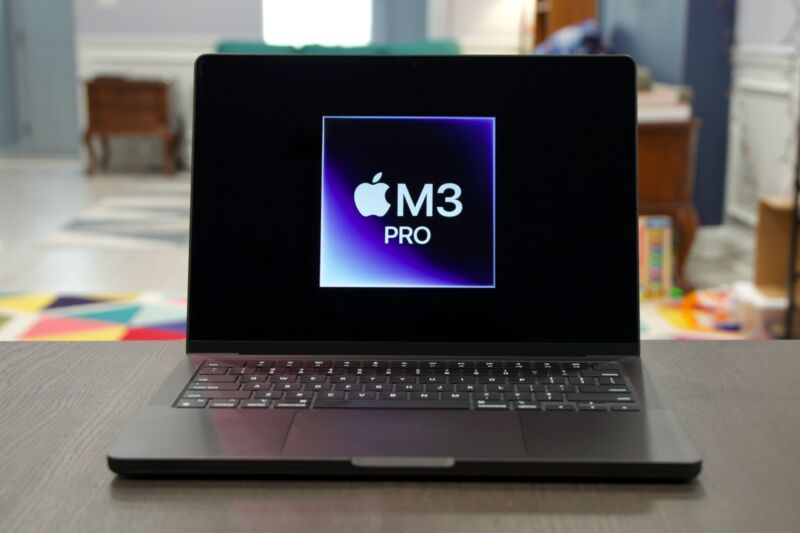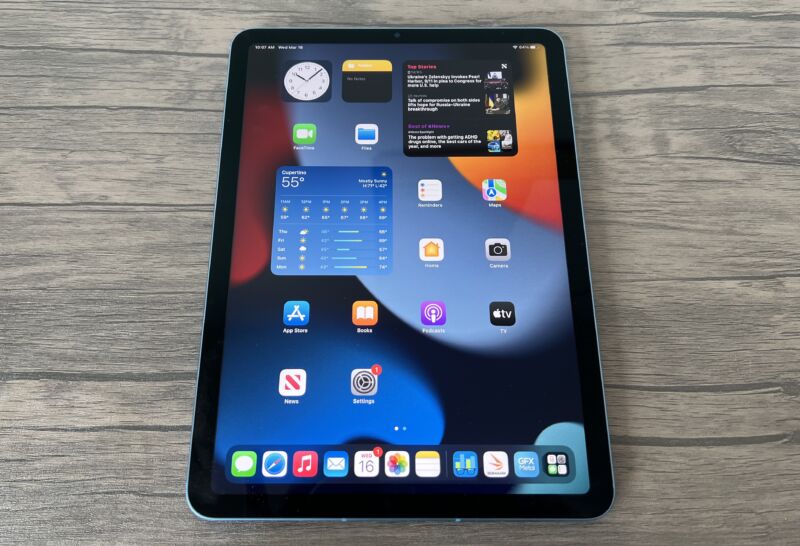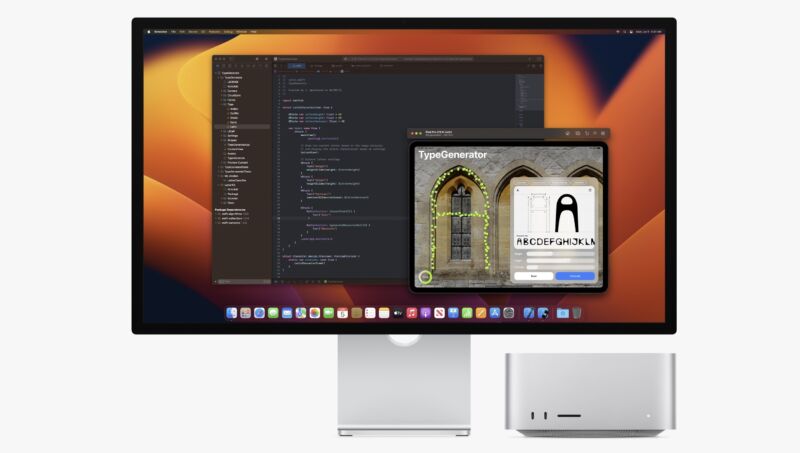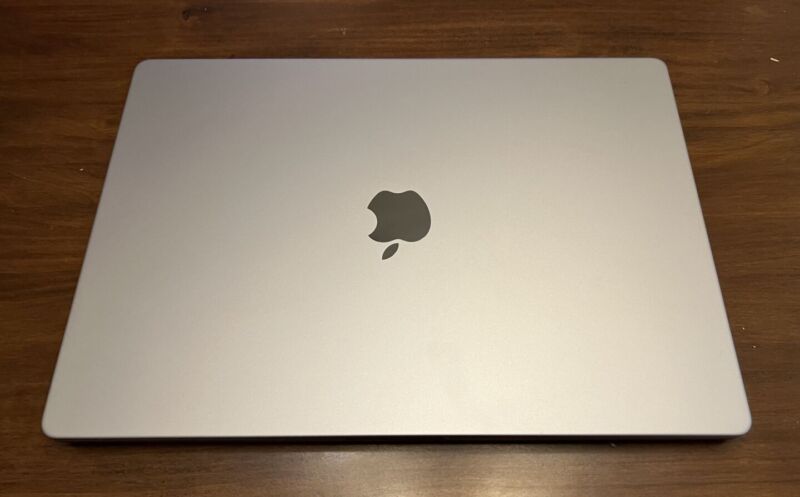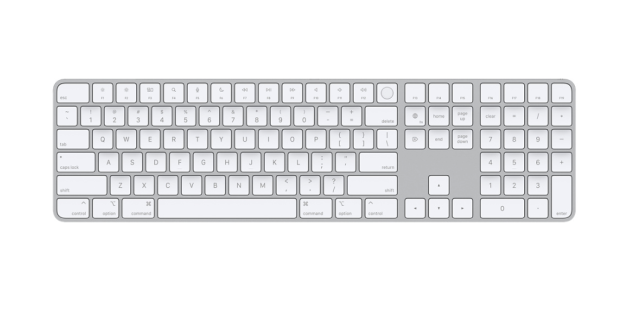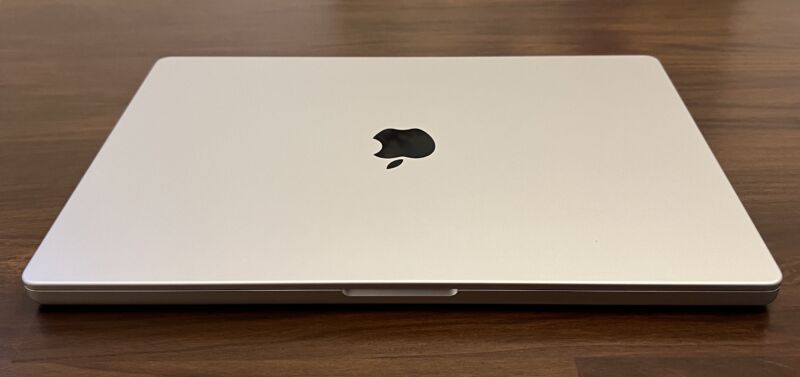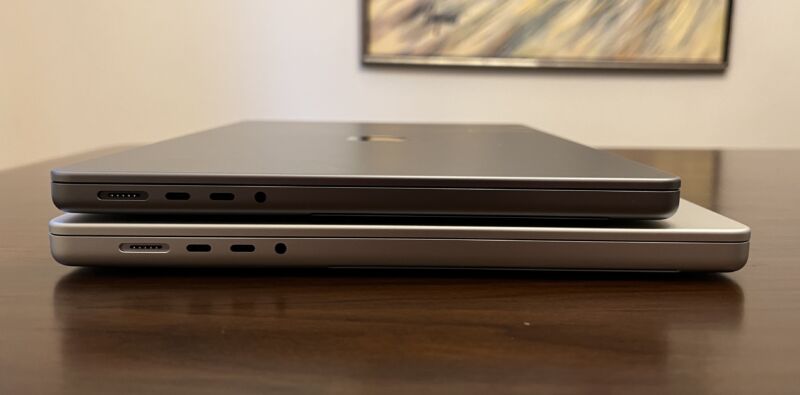-
 chevron_right
chevron_right
Everything we learned today about Vision Pro configurations, specs, and accessories
news.movim.eu / ArsTechnica · Friday, 19 January - 21:31
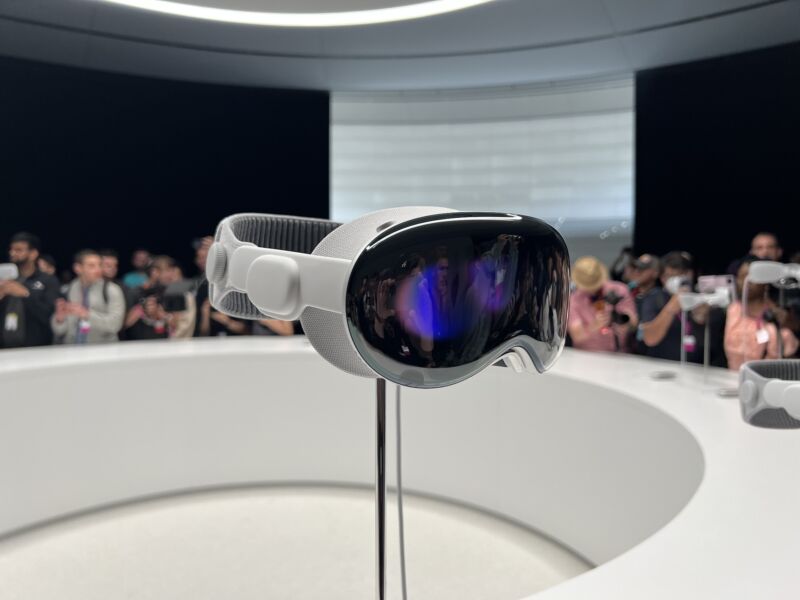
Enlarge / Apple's Vision Pro headset. (credit: Samuel Axon)
Apple's Vision Pro went up for preorder this morning at 8 am ET. As expected, shipment dates for preorders quickly backed up to March as initial supply was accounted for. Regardless of whether you're in for the start or taking a wait-and-see approach with Apple's ultra-pricey new device, though, we have access to a little more information about the device than we did before thanks to updates to the Apple Store website.
The product page for Vision Pro reveals configurations and pricing, and a new specs page clarifies answers to some questions we've had for a while now.
You'll find all the relevant new information below. We've also updated our " What to expect from Apple Vision Pro " roundup with new information from the specs page.

